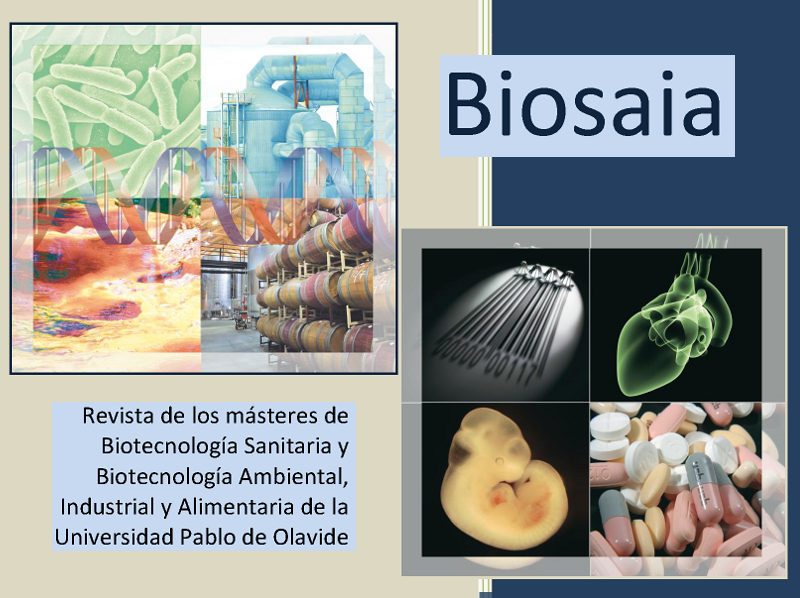In vivo high throughput screening assay to test potential neuroprotective therapies for ischemic stroke
Palabras clave:
ischemic stroke; neuroprotective therapies; Drosophila MelanogasterResumen
Stroke is the second cause of death worldwide and a leading cause of disability, with ischemic stroke accounting for 85% of all cases. Ischemic stroke is the result of the blockage of a cerebral artery by a clot and the only approved medical treatment for this condition is reperfusion therapy. However, reperfusion therapies are only applicable to a small percentage of patients. Since many patients remain untreated and the disease burden is expected to triple in the next decade, there is an urgent need for neuroprotective therapies. Among the possible causes of neuroprotectants failure are the simplistic approach of targeting a single pathway among the multiple ones affected in cerebral ischemia. Therefore, we thought to establish an in vivo screening model using Drosophila melanogaster where we can test multiple drug combinations already identified by in silico drug repositioning. This model organism has a short life cycle, the entire hypoxia signaling cascade conserved and a high degree of homology with approximately 75% of human disease-associated genes. Flies from the Oregon R strain were exposed to anoxia or severe hypoxia (1% O2) for different periods of time. We observed a sexually dimorphic response with males being more vulnerable than female flies to hypoxia. Then, we established the standard conditions to induce hypoxia in D. melanogaster males under defined environment using a hypoxia chamber. During posthypoxic reoxygenation (21% O2), we assessed daily mortality, fly locomotor activity and analyzed molecular characteristics (reactive oxygen species (ROS) production and caspase activation) at various timepoints. Periods of severe hypoxia longer than 2 hours affected flies´ survival, impaired locomotor ability and increased caspase activation. Most of the flies died within 24 hours of exposure (early reoxygenation phase). In conclusion, we established a reliable and reproducible high throughput screening operation protocol to study the impact of different therapeutic approaches on hypoxia-reoxygenation injury using D. melanogaster as model system. Our protocol and the availability of mutants and transgenic strains may facilitate the study of stroke treatments and potentially, other neurodegenerative diseases.
ischemic stroke; neuroprotective therapies; Drosophila MelanogasterDescargas
Citas
Barthels, D. y Das, H. (2020) Current Advances in Ischemic Stroke Research and Therapies. BiochimBiophysActaMol Basis Dis.1866(4): 165260. doi:10.1016/j.bbadis. 2018.09.012
Habib, P.; Jung, J.; Wilms, G. M.; Kokott-Vuong, A.; Habib, S.; Schulz, J. B. and Voigt, A. (2021). Posthypoxic behavioral impairment and mortality of Drosophila melanogaster are associated with high temperatures, enhanced predeath activity and oxidative stress. Official journal of the Korean Society for Biochemistry and Molecular Biology. 53, 264–280. doi.org/10.1038/s12276-021-00565-3
Descargas
Publicado
Cómo citar
Número
Sección
Licencia

Esta obra está bajo una licencia internacional Creative Commons Atribución-NoComercial-CompartirIgual 4.0.





